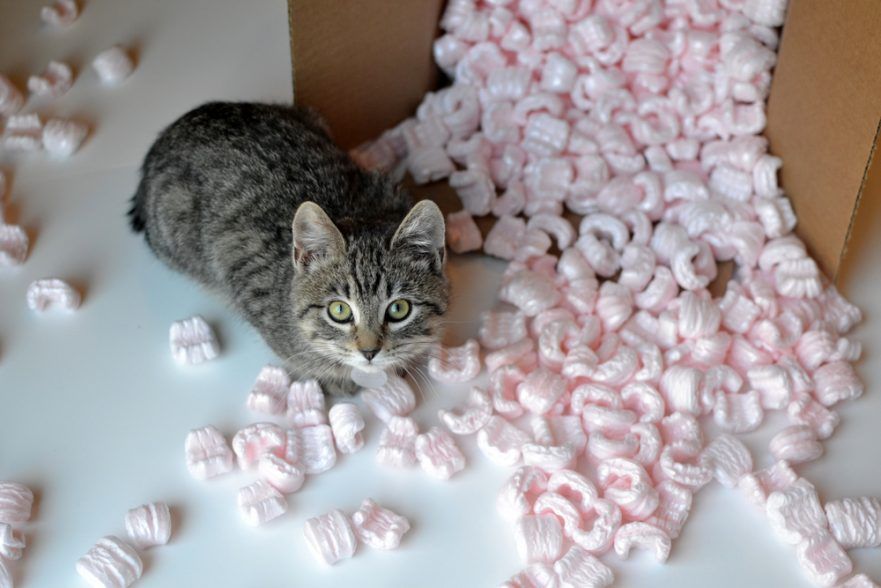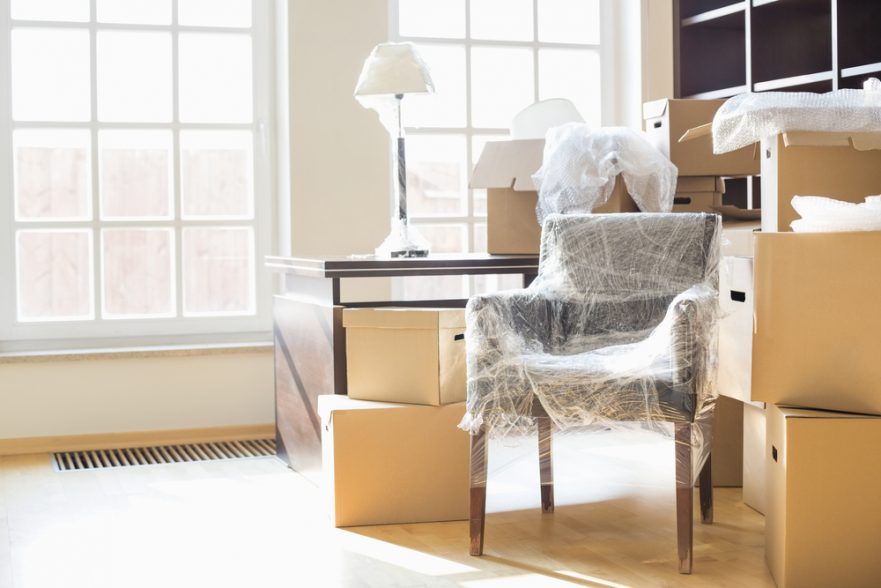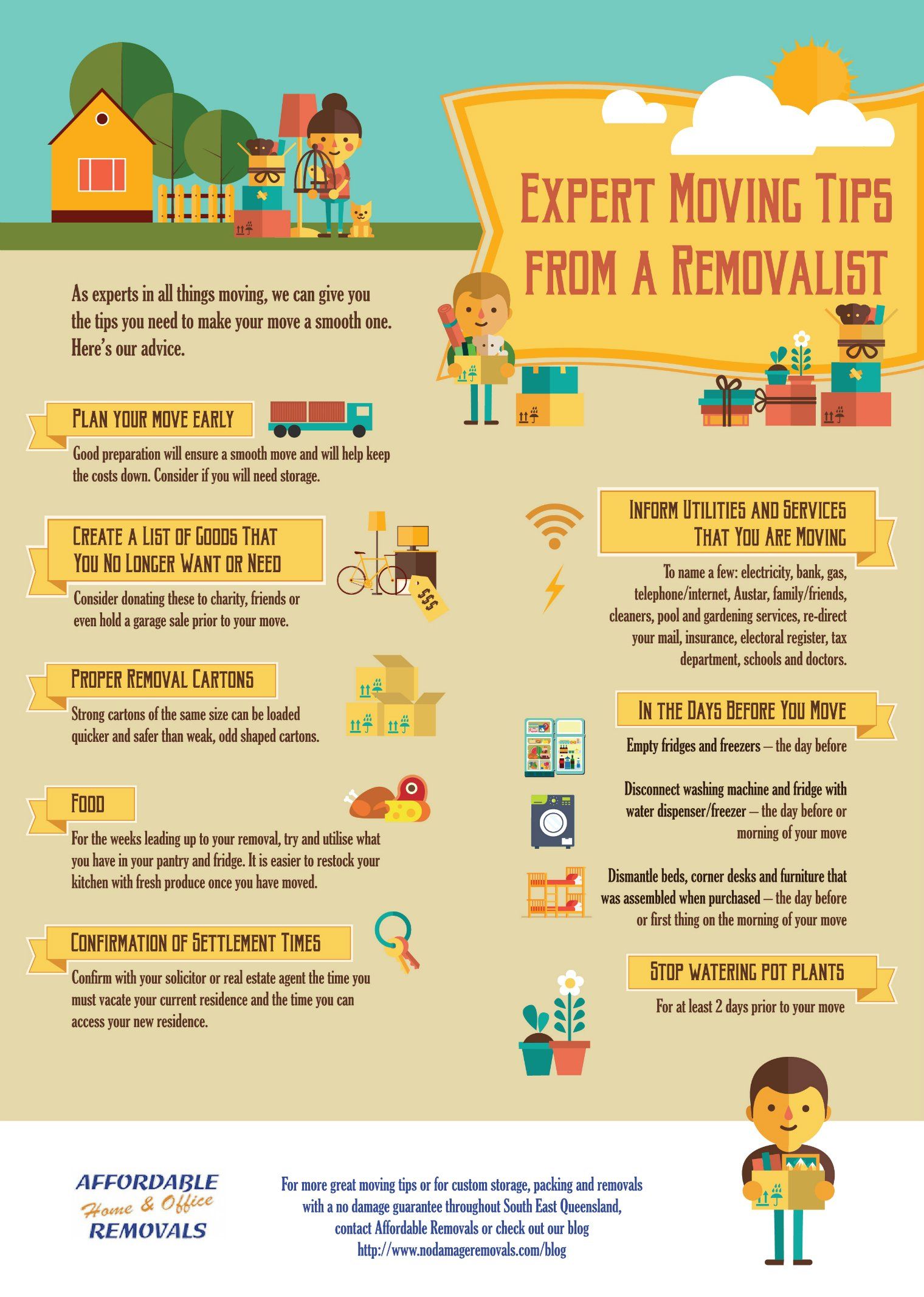Top Tips for Safe Furniture Packing
Moving house means a lot on your mind. While there’s a lot you can do to prepare for moving day, most of the time you can’t pack up big items until right before the move.
This can be daunting and stressful, so we’ve put together our best tips for safely packing furniture.
1. Gather What You Need
You might be able to get away with putting most of your possessions in garbage bags – although we don’t recommend it – but there are a few things that are absolutely necessary to protect furniture:
- Bubble wrap. Look for thicker bubble wrap with larger bubbles; it’s more protective.
- Plastic wrap. This is essential for firmly packing protective materials around your furniture, and will guard against water and dirt.
- Packing tape. Get more tape than you think you’ll need a little extra.
- Moving/Furniture blankets. Use between any wood surface and plastic wrap or bubble wrap. Plastic constricts, and may cause damage.
- Sandwich bags. If you remove anything from a piece of furniture, put the nuts, bolts and screws into a bag and clearly label which item it came from.
- Mattress cover and shipping box. Mattresses are both precious and relatively fragile. Proper packing materials here are the best guarantee of protection
- Sheets of cardboard. Look for corrugated cardboard for better padding.
It’s easiest to prepare your furniture for moving last, once everything else is packed. Lay out all your materials and find a friend to help with the heavy lifting.
2. Remove Anything Detachable
Remove anything you can, including dresser drawers, bookshelves and detachable legs or wheels. Keep the removed parts in groups and treat as their own furniture group.
Put the screws and bolts in labelled sandwich bags and either tape them to the item they came from, or keep in a central location.
3. Wrap It All Up
Use moving blankets to wrap each item, then layer cardboard for extra padding. Once the piece is covered, use bubble wrap to protect the most fragile parts, such as the legs.
When you’re moving a sofa or mattress, it’s best to use proper covers. If you can’t get them, however, a few extra layers of cardboard will help.
After the padding layers, wrap the item in plastic wrap. Make sure you haven’t put plastic or bubble wrap against wood, as shrinking plastic will cause damage.
4. Loading Your Truck
If you’ve hired a truck that you’re loading yourself, you will need to consider weight distribution. Most breakages are caused by bad loading, so there’s a few important steps:
– Line the bottom of the truck with moving blankets, to protect your belongings.
– Put the heaviest and least fragile boxes you have against the back wall of the truck.
– Place your furniture against this line of boxes. Make sure you’ve evenly distributed the weight across the width of the truck.
– Overall, you’re looking to get a little more than half of the weight in the back half of the truck.
5. Call in the Professional Packers
This guide is a good starting point for moving furniture safely, but if you have precious, antique, or simply too much furniture, it’s worth giving professional movers a call.
Sometimes specialised packing material, techniques or transportation is required. Even if you decide not to hire movers, they can give you good advice.
If you’d like to find out more about the materials you need, or get to a free quote on professional movers, you can contact our friendly team.






